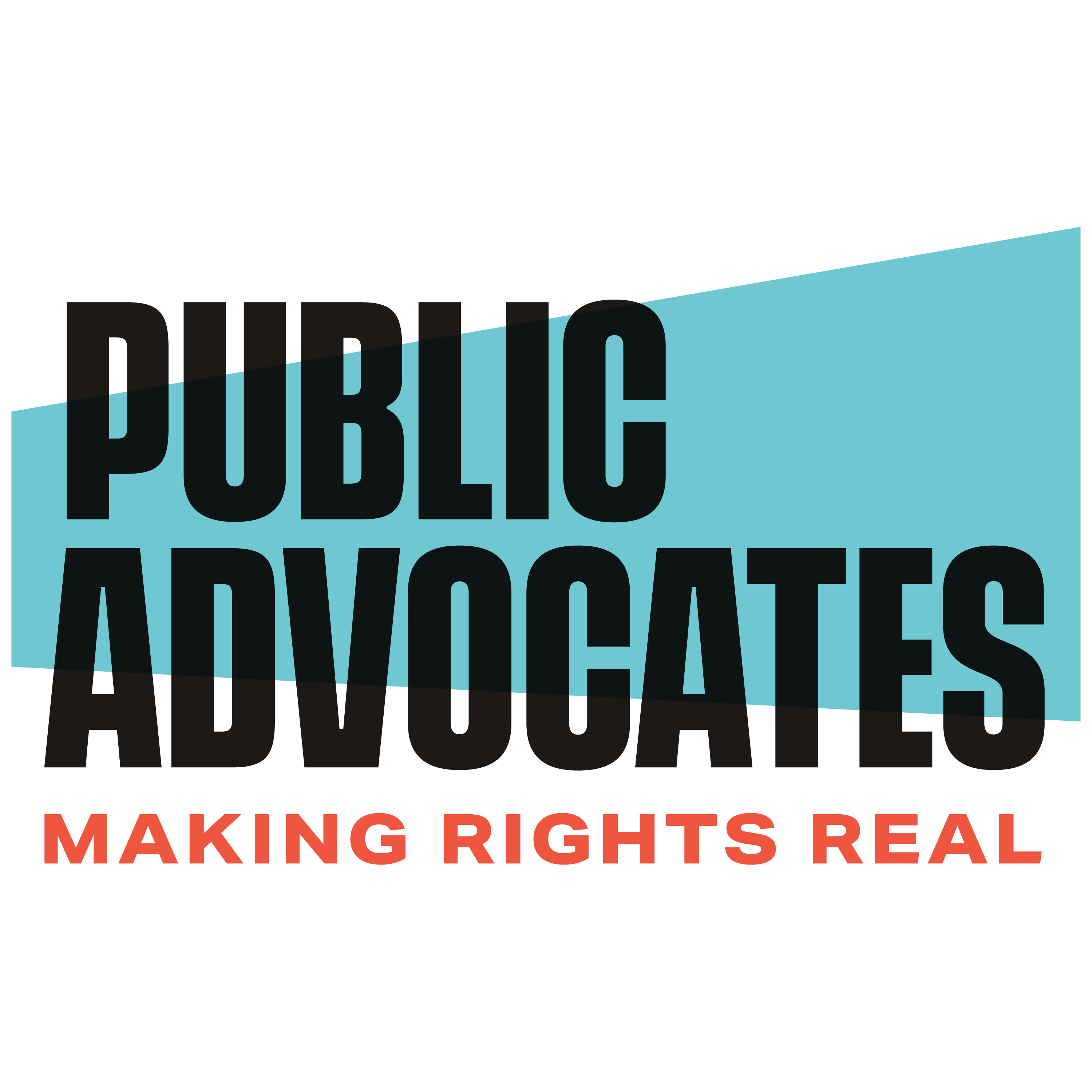The Local Control Funding Formula (LCFF) law of 2013 fundamentally changed public school financing in California. Among other things, in order to provide greater transparency to local communities the law mandated that school districts create a document to show how they were spending funds under the new reforms. The document is called a Local Control and Accountability Plan (LCAP). Since the first LCAP templates were adopted, Public Advocates has been continuously recommending improvement of the document.
Following the allocation of funds for the development of a more streamlined and user-friendly Local Control and Accountability Plan (LCAP) template in the 2018–19 Education Budget Trailer Bill, the California Department of Education and State Board of Education worked to revise both the template and instructions. Public Advocates was was one of the few advocacy organizations invited to serve on the Advisory Committee for the redesign along with the California Teachers Association and the Charter Schools Association.
The State Board of Education adopted a revised template at its January 2020 meeting. The new LCAP reflects many of Public Advocates’ recommendations. Most significantly, it provides much clearer guidance to districts and charter schools around justifying how they are increasing and improving services for high-need students. We have been advocating for this guidance since the first LCAPs were adopted in 2014.
We are coordinating with staff at the State Board and Department of Education in rolling out the new LCAP to community organizations.
Background
What is the Local Control Funding Formula?
Enacted in 2013, California’s new school funding formula, dubbed the Local Control Funding Formula (LCFF), is a significant and historic shift toward a simpler, more rational and equitable school finance system. The new law aims to improve outcomes by providing more resources to meet the education needs of low-income students, English language learners and foster youth. The law also provides more autonomy to local districts by giving them greater flexibility over how they choose to spend state funding.
In exchange for greater flexibility, school districts must provide greater transparency to local communities on how the money will be spent by producing a 3-year spending and academic plan called the Local Control and Accountability Plan (LCAP).
Local communities now have a greater role in shaping local spending and program decisions. The law requires ongoing engagement of parents and students in developing district plans.
In the LCAP, a district must set goals across 8 holistic state priority areas, describe what services it will provide to achieve its goals and state how those services will be funded. The district must update its plan annually to report on whether it adhered to its plan and what progress it has made towards its goals.
How does LCFF work?
Before LCFF, the state determined how districts spent educational dollars through a complex system of 50+ restricted “categorical” programs. Districts received additional general fund spending based on student attendance, but per pupil spending varied widely among districts based on historical funding patterns. LCFF collapsed most categorical programs and the general funding into one big pot to be distributed based on a simple formula.
With the exception of a few remaining categorical funds, money will go directly to districts based on student attendance. Each district will receive the same base grant for each student based on grade level. Then, the district will receive additional “supplemental” and “concentration” grants based on the numbers and concentration of high-need students (defined as low-income, English language learner, or foster youth under the law). Thus, a district that serves more high-need students will receive more funding overall than a district of the same size that serves fewer high-need students.
A district must explain in its local spending plan how its use of supplemental and concentration funds will “increase or improve services” for high-need students “in proportion to the increase in” supplemental and concentration funds it receives.
The transition to LCFF began in the 2013-14 school year and will be phased in gradually until full implementation, which is projected for 2020-21.
Resources for working with your district on its LCAP:
- Basic Necessities: LCAP Guidance for Developing Goals & Specific Actions for the First State Priority
- Keeping the Promise of LCFF: Key Findings & Recommendations After Two Years of LCFF Implementation, April 2016 by Angelica Jongco, Senior Staff Attorney
- Keeping the Promise of LCFF in Districts Serving Less than 55% High-Need Students, May 2016 by Roxanne H. Alejandre, Volunteer Attorney and Rigel Massaro, Staff Attorney
- https://publicadvocates.org/resources/news/navigating-legal-threats-posed-local-control-accountability-plans/ , Navigating the Legal Threats Posed by Local Control Accountability Plans from the Cabinet Report
- In Exchange for Local Flexibility, Accountability Plans Will Require Work, November 24, 2015, John Affeldt, Managing Attorney
- 6 School Districts and 4 Cities in 12 Days: Back to School with Public Advocates, September 22, 2015, Angelica Jongco, Senior Staff Attorney

